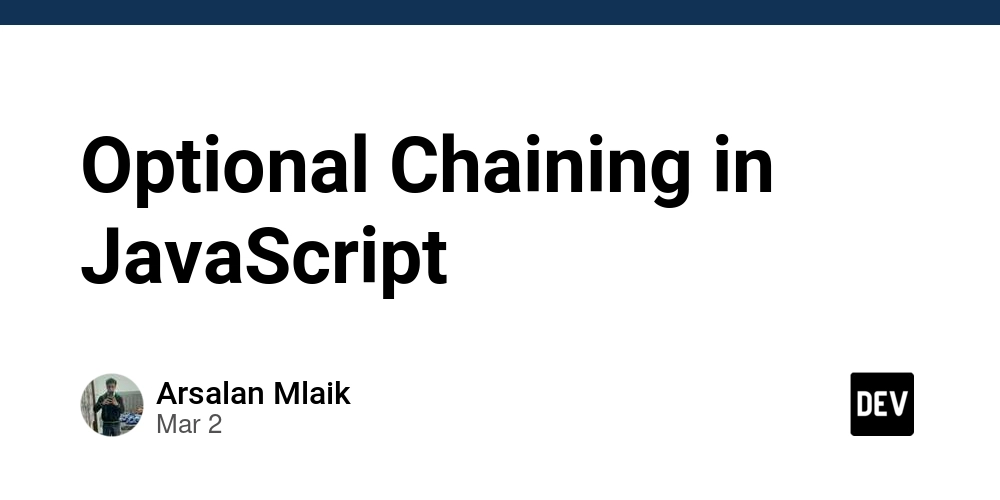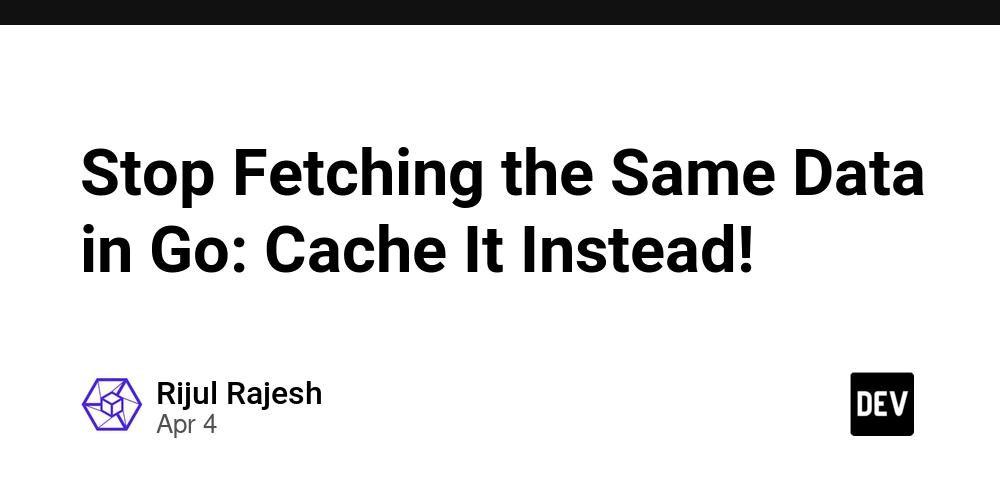Optional Chaining in JavaScript
original source Optional chaining (?.), introduced in ECMAScript 2020, revolutionizes how developers safely access nested properties in JavaScript. Let’s break down its syntax, use cases, and best practices. What Is Optional Chaining? Optional chaining simplifies accessing deeply nested object properties by stopping evaluation at null or undefined values instead of throwing errors. // Without optional chaining const email = user && user.contact && user.contact.email; // With optional chaining const email = user?.contact?.email; // Returns undefined if any layer is nullish Key Benefits 1. Simpler, Cleaner Code Replace nested conditionals with concise syntax: // Traditional approach if (user && user.preferences && user.preferences.theme) { setTheme(user.preferences.theme); } // With optional chaining setTheme(user?.preferences?.theme); 2. Runtime Error Prevention Avoid Cannot read property 'X' of undefined errors by short-circuiting at null/undefined. 3. Future-Proof Dynamic Data Handle APIs with unpredictable structures gracefully. Syntax & Use Cases 1. Accessing Nested Objects const userProfile = getUserProfile(); const email = userProfile?.contact?.email; // undefined if missing 2. Array Element Access const fruits = ["apple", "banana"]; const firstFruit = fruits?.[0]; // "apple" const invalidItem = fruits?.[99]; // undefined 3. Dynamic Properties const property = "theme"; const theme = config?.settings?.[property]; 4. Safe Method Invocation const creature = { speak() { console.log("Roar!"); } }; creature.speak?.(); // "Roar!" creature.eat?.(); // No error if method doesn’t exist Combining with Nullish Coalescing (??) Assign defaults when a value is null or undefined: // Default for nested properties const language = user?.preferences?.language ?? 'en'; // Array fallback const playlist = [null, "Stairway to Heaven"]; const track = playlist?.[0] ?? "No track"; // "No track" // Dynamic data structures const mode = settings?.appearance?.mode ?? 'light'; Common Pitfalls & Best Practices ⚠️ Avoid Silent Failures Optional chaining returns undefined for missing properties, which can hide bugs. Mitigate this by: Adding strategic console.log checks. Using TypeScript for compile-time type safety. Writing unit tests for edge cases.

Optional chaining (?.), introduced in ECMAScript 2020, revolutionizes how developers safely access nested properties in JavaScript. Let’s break down its syntax, use cases, and best practices.
What Is Optional Chaining?
Optional chaining simplifies accessing deeply nested object properties by stopping evaluation at null or undefined values instead of throwing errors.
// Without optional chaining
const email = user && user.contact && user.contact.email;
// With optional chaining
const email = user?.contact?.email; // Returns undefined if any layer is nullish
Key Benefits
1. Simpler, Cleaner Code
Replace nested conditionals with concise syntax:
// Traditional approach
if (user && user.preferences && user.preferences.theme) {
setTheme(user.preferences.theme);
}
// With optional chaining
setTheme(user?.preferences?.theme);
2. Runtime Error Prevention
Avoid Cannot read property 'X' of undefined errors by short-circuiting at null/undefined.
3. Future-Proof Dynamic Data
Handle APIs with unpredictable structures gracefully.
Syntax & Use Cases
1. Accessing Nested Objects
const userProfile = getUserProfile();
const email = userProfile?.contact?.email; // undefined if missing
2. Array Element Access
const fruits = ["apple", "banana"];
const firstFruit = fruits?.[0]; // "apple"
const invalidItem = fruits?.[99]; // undefined
3. Dynamic Properties
const property = "theme";
const theme = config?.settings?.[property];
4. Safe Method Invocation
const creature = { speak() { console.log("Roar!"); } };
creature.speak?.(); // "Roar!"
creature.eat?.(); // No error if method doesn’t exist
Combining with Nullish Coalescing (??)
Assign defaults when a value is null or undefined:
// Default for nested properties
const language = user?.preferences?.language ?? 'en';
// Array fallback
const playlist = [null, "Stairway to Heaven"];
const track = playlist?.[0] ?? "No track"; // "No track"
// Dynamic data structures
const mode = settings?.appearance?.mode ?? 'light';
Common Pitfalls & Best Practices
⚠️ Avoid Silent Failures
Optional chaining returns undefined for missing properties, which can hide bugs. Mitigate this by:
- Adding strategic
console.logchecks. - Using TypeScript for compile-time type safety.
- Writing unit tests for edge cases.






















































.jpg)
%20Abstract%20Background%20112024%20SOURCE%20Amazon.jpg)


















































































































![[The AI Show Episode 142]: ChatGPT’s New Image Generator, Studio Ghibli Craze and Backlash, Gemini 2.5, OpenAI Academy, 4o Updates, Vibe Marketing & xAI Acquires X](https://www.marketingaiinstitute.com/hubfs/ep%20142%20cover.png)











































































































































































































































































_Christophe_Coat_Alamy.jpg?#)

_Anna_Berkut_Alamy.jpg?#)




























































































![This is Apple’s unreleased 10th anniversary Apple Watch band [Gallery]](https://i0.wp.com/9to5mac.com/wp-content/uploads/sites/6/2025/04/apple-watch-celebration-band0000-2.jpg?resize=1200%2C628&quality=82&strip=all&ssl=1)























































































































































